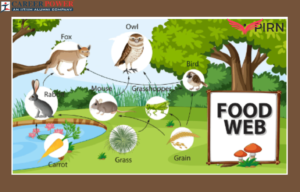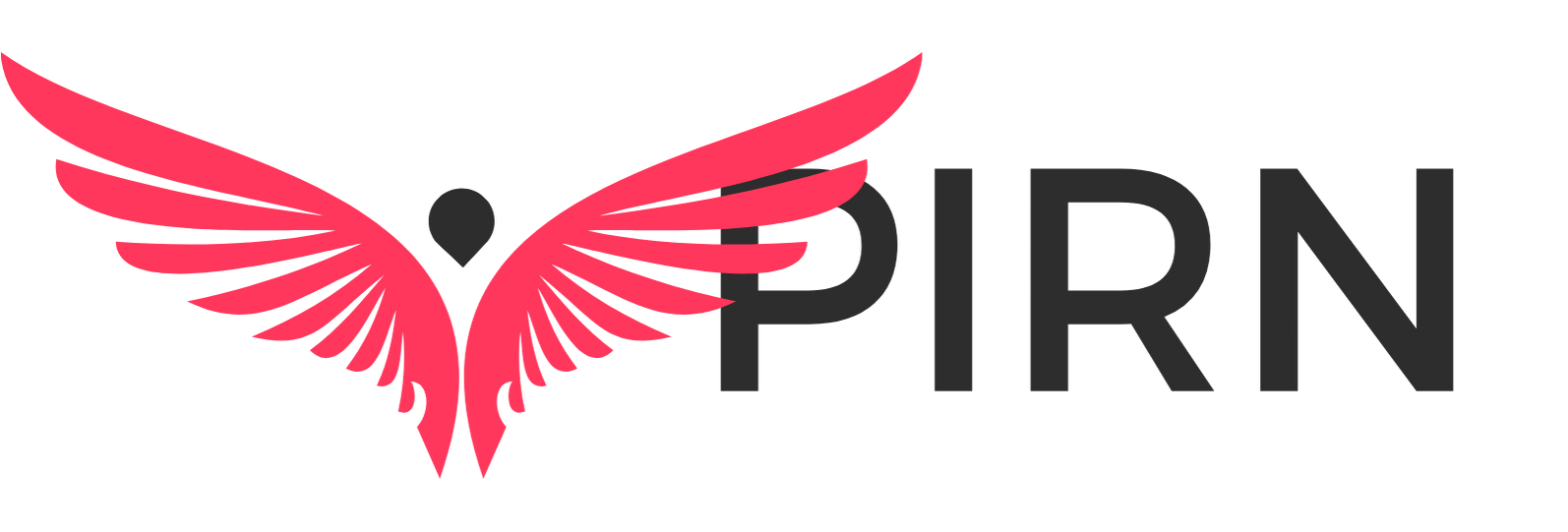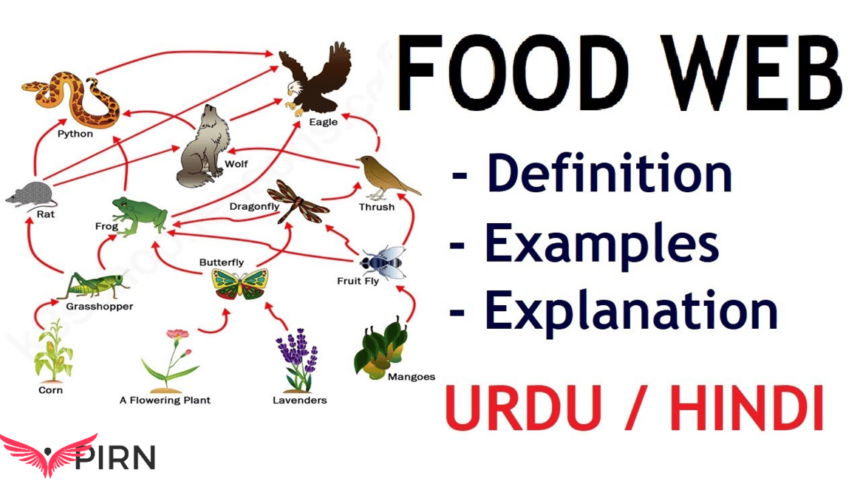Introduction to Food Webs
A food web is a complex network of interconnected food chains. It shows how energy and nutrients flow through ecosystems. Each organism plays a role in the food web. Understanding food web examples helps us learn about the balance of nature.
What is a Food Web?
A food web consists of multiple food chains. A food chain is a sequence that shows how energy moves from one organism to another. For instance, plants (producers) are eaten by herbivores (primary consumers), which in turn are eaten by carnivores (secondary consumers). The connections create a web that illustrates the ecosystem’s health.
Importance of Food Webs
Food webs are important because they illustrate how organisms interact in an ecosystem. They help scientists understand:
- Energy Flow: How energy is transferred between organisms.
- Ecosystem Balance: How changes in one species affect others.
- Biodiversity: The variety of life forms within an ecosystem.
Food Web Examples
1. Terrestrial Food Web Example
In a terrestrial ecosystem, plants are the primary producers. They convert sunlight into energy through photosynthesis. Here’s a simple food web example:
- Producers: Grass, shrubs, and trees.
- Primary Consumers: Grasshoppers, rabbits, and deer.
- Secondary Consumers: Snakes and foxes.
- Tertiary Consumers: Eagles and hawks.
In this food web, energy starts with plants and moves to herbivores. Predators then feed on these herbivores.
2. Aquatic Food Web Example
Aquatic ecosystems, like lakes and oceans, have their own unique food webs. Here’s an example:
- Producers: Phytoplankton and algae.
- Primary Consumers: Zooplankton and small fish.
- Secondary Consumers: Larger fish like trout and bass.
- Tertiary Consumers: Sharks and seals.
In this aquatic food web, energy starts with tiny plants, moving through various consumer levels.
3. Desert Food Web Example
Desert ecosystems have adapted species due to harsh conditions. Here’s a food web example:
- Producers: Cacti and shrubs.
- Primary Consumers: Insects and rodents.
- Secondary Consumers: Lizards and snakes.
- Tertiary Consumers: Hawks and coyotes.
In desert food webs, plants that store water become the primary energy source.
4. Grassland Food Web Example
Grasslands are rich ecosystems that support many organisms. Here’s a food web example:
- Producers: Grasses and wildflowers.
- Primary Consumers: Grasshoppers and bison.
- Secondary Consumers: Foxes and hawks.
- Tertiary Consumers: Bears and wolves.
Grassland food webs show how energy flows from plants to large mammals.
5. Forest Food Web Example
Forests are dense with diverse plant and animal life. Here’s a food web example:
- Producers: Trees, shrubs, and ferns.
- Primary Consumers: Deer and insects.
- Secondary Consumers: Foxes and owls.
- Tertiary Consumers: Bears and mountain lions.
In forest food webs, tall trees provide a habitat for various species.
Types of Consumers in Food Webs
Understanding the types of consumers in food webs is crucial. Here are the main categories:
1. Herbivores
Herbivores are animals that eat plants. They are primary consumers. Examples include:
- Cows
- Rabbits
- Caterpillars
2. Carnivores
Carnivores are animals that eat other animals. They can be secondary or tertiary consumers. Examples include:
- Lions
- Eagles
- Snakes
3. Omnivores
Omnivores eat both plants and animals. They can be found at various levels in food webs. Examples include:
- Humans
- Bears
- Pigs
4. Decomposers
Decomposers break down dead organisms and recycle nutrients back into the soil. Examples include:
- Fungi
- Bacteria
- Earthworms
Impact of Changes in Food Webs
Changes in food webs can disrupt the balance of ecosystems. Here are some impacts:
1. Overpopulation
If a predator is removed, prey populations may grow unchecked. This can lead to overgrazing and habitat destruction.
2. Extinction of Species
If a key species goes extinct, the entire food web may collapse. This can create a ripple effect throughout the ecosystem.
3. Introduction of Invasive Species
Invasive species can outcompete native species for resources. This can lead to changes in the food web structure.
Studying Food Webs
Scientists study food webs to understand ecosystems better. They use various methods:
1. Field Studies
Researchers observe organisms in their natural habitats. They collect data on feeding relationships.
2. Food Web Models
Scientists create models to visualize food webs. These models help in predicting how changes will affect the ecosystem.
3. Ecological Experiments
Experiments help test hypotheses about food webs. Scientists may remove a species to see the effects on the food web.

FAQs
Q: What is a food web?
A: A food web is a network of interconnected food chains in an ecosystem.
Q: Why are food webs important?
A: They show how energy flows and how species interact in ecosystems.
Q: Can a food web exist without predators?
A: No, predators help control populations and maintain ecosystem balance.
Q: How do humans impact food webs?
A: Humans can alter habitats, introduce invasive species, or cause extinction of species.
Q: What is a decomposer’s role in a food web?
A: Decomposers break down dead organisms and recycle nutrients back into the ecosystem.
Conclusion
Food web examples help us understand the complex relationships in ecosystems. They show how energy flows from producers to various consumers. Understanding food webs is essential for conservation efforts. Protecting these networks ensures the health of our planet’s ecosystems. By learning about food web examples, we gain insight into the delicate balance of nature.










